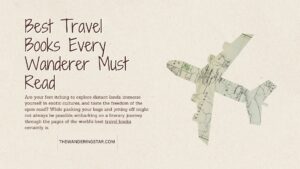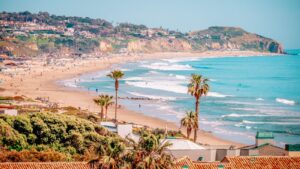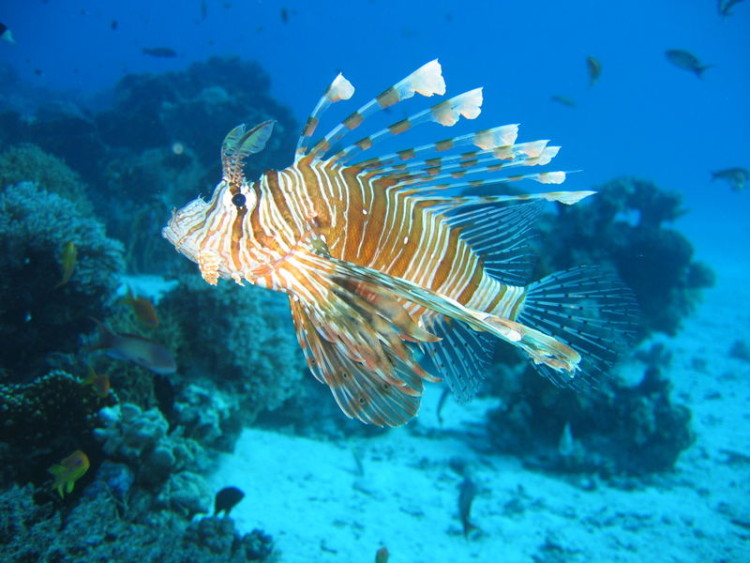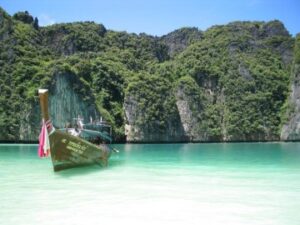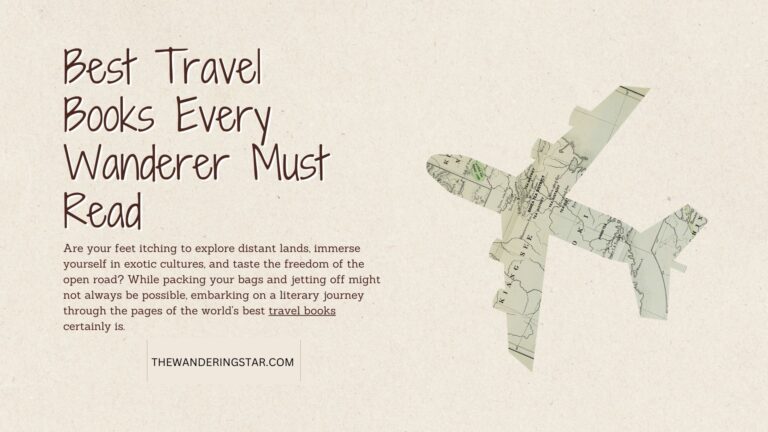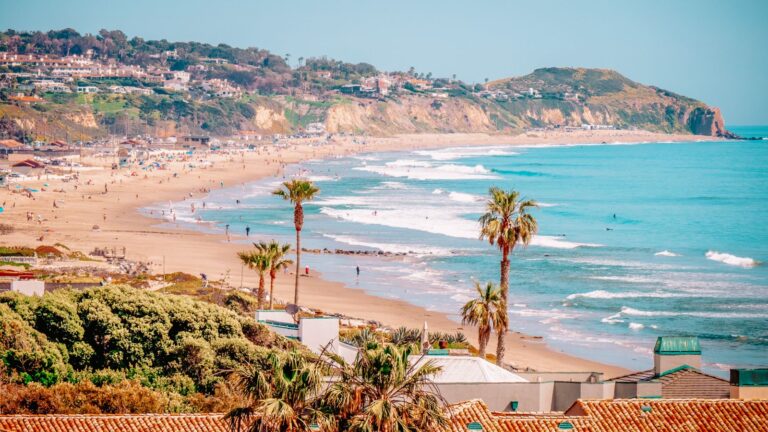Oceania is also called as Oceanica. It is an area centered on the land mass of the tropical pacific ocean. An opinion about what comprises an ocean range from its 3 regions of Melanesia, Micronesia and the Polynesia to and more widely, the whole insular area between the Asia and the Americas, containing Australasia and the Malay Archipelago.
The word is often utilized more particularly to indicate a continent constitute Australia and the nearby islands or biogeographically as a meaning for with the Australasian Ecozone, which includes Wallacea and Australasia or the pacific Ecozone, which includes Melanesia, Polynesia and the Micronesia separately either from the new Zealand or from the mainland new guinea.
Etymology:
The term was named as Oceania in 1812 by the geographer Conrad Malte Brun. The term Oceania is a French language word and it is derived from the Greek word called ocean.
Definitions:
As an Ecozone, the Oceania contains all of the Micronesia, Fiji and Polynesia except the New Zealand. The New Zealand with the New Guinea and the closer islands which are the part of Philippines islands, the Solomon Islands, New Caledonia, Australia, and Vanuatu comprise the individual Australia Ecozone. In the geopolitical words, however, the Solomon Islands, New Caledonia, New Zealand and Vanuatu are always considered as the part of the Oceania, and Australia and Papua New Guinea are also regarded as the part of Oceania too. The Papua region in Indonesia can be contained as Puncak Jaya is often included as the largest peak in Oceania.

Physiography:
Oceania was initially envisioned as the lands of the Pacific Ocean, expanding from the Strait of Malacca to the seashore of the America. It contains 4 regions called Polynesia, Malaysia, Melanesia and Micronesia. It includes 3 geographical continents such as Eurasia, Zealandia and Australia as well as the non continental volcanic land of mass of the wallacea, Philippines and open pacific. It expands to Sumatra in the west, the Bonin Islands.
In northwest, the Hawaiian Islands in the northeast, Rapa Nui and Sala y Gomez islands in the east and Macquarie island in south but it excludes the Taiwan, Aleutian Islands and the Japanese archipelago.
The states that engage Oceania that are not contained in the geopolitical Oceania are Malaysia, Philippines, Indonesia, East Timor and Brunei. The islands of geographic edges are integral part of the Japan, Chile and the United States. A smaller geographic meaning also involves which eliminates the land on the Sunda plate, but contains Indonesian new guinea as the part of the Australian continent.

Biogeography:
Biogeographically, the Oceania is utilized as the meaning for either Australasian Ecozone or the pacific Ecozone.
Ecogeography:
Oceania is one of the 8 terrestrial ecozones, which comprises the main ecological areas of the planet. The Oceania Ecozone contains the entire Fiji, all of Polynesia and Micronesia except the New Zealand. New Guinea, New Zealand, Melanesia apart from the Fiji and Australia comprises the individual Australasian Ecozone. The Malay Archipelago is the part of Indomalaya Ecozone. Associated to these thoughts are near the Oceania, that is the part of western island Melanesia which have been populated for tens of millennia and remote Oceania which is more currently settled.
Geopolitics:
In geopolitical origin utilized by the United Nations, the international Olympic committee and atlases, the Oceania consist of Australia and the nations of the pacific from the Papua new guinea east, but not Malay archipelago or Indonesian new guinea.
Other Definitions:
The term is used to indicate a continent consisting Australia and the nearby islands.
New Zealand form south western edge of Polynesian triangle. Its original Maori comprise one of the main cultures of Polynesia. It is, likewise, however, considered part of the Australasia.
The largest definition of Oceania embraces the whole region between continental Asia and Americas, thereby containing islands in Pacific Rim like Japanese archipelago, Aleutian Islands and Taiwan.
Archaeogenetics:
Archaeology, linguistics and the current genetic revision denote that Oceania was stayed by 2 major waves of relocation. The initial migration took place about 40,000 years ago and these wanderers, Papuans, occupied much of near Oceania. Around 3.5 thousand years ago, a 2nd expansion of Austronesia narrators reached in near Oceania and the descendants of these individuals spread to the long edges of the pacific occupying remote Oceania.

Mitochondrial DNA theories compute the magnitude of Austronesia extension and experiment the homogenizing result of this extension. With views to Papuan authority, autochthonous haplogroups sustain the hypothesis of a far history in near Oceania, with some roots recommending a time below of 60,000 years. Santa Cruz, a residents situated in remote Oceania, is at variance with the frequencies of the autochthonous haplogroups of near Oceania source.
Religion:
The major religion in Oceania is Christianity. Conventional religions are animist and relevant among the traditional people is the faith in the spirits denoting natural forces. Current Australian and New Zealand censuses, the huge number of residents say they belong to no religion. In Tonga, each day life is greatly prejudiced by Polynesian way of life and particularly by the Christian belief. The Ahmadiyya mosque in the Marshall Islands is an only mosque in Micronesia. Another mosque, in Tuvalu belongs to the same section. The Bahai home of worship is in Tiapapata, Samoa is one of the 7 titles administered in Bahai trust.
Sport:
The pacific games are a multi-sport activity much like Olympics on the smaller range, with the involvement completely from the countries around the pacific. It is held for every 4 years and beginning in the year 1963. Australia and New Zealand cannot participate in the pacific games.
Association Football (Soccer):
The oceania football confederation is one of the 6 association football confederations that are under the sponsorship of FIFA, the international leading body of the sport. The OFC is the only confederation without the routine qualification to the world cup. Recently the winner of the OFC qualification tournament should play against the north, Central American and the Caribbean confederation part succeed for the world cup.
The Australian Rules football is the national sport played in Nauru and it is the most famous football code in Australia in provisions of attendance.




